Color-selective organic light sensors are produced by inkjet printing with semiconducting inks.
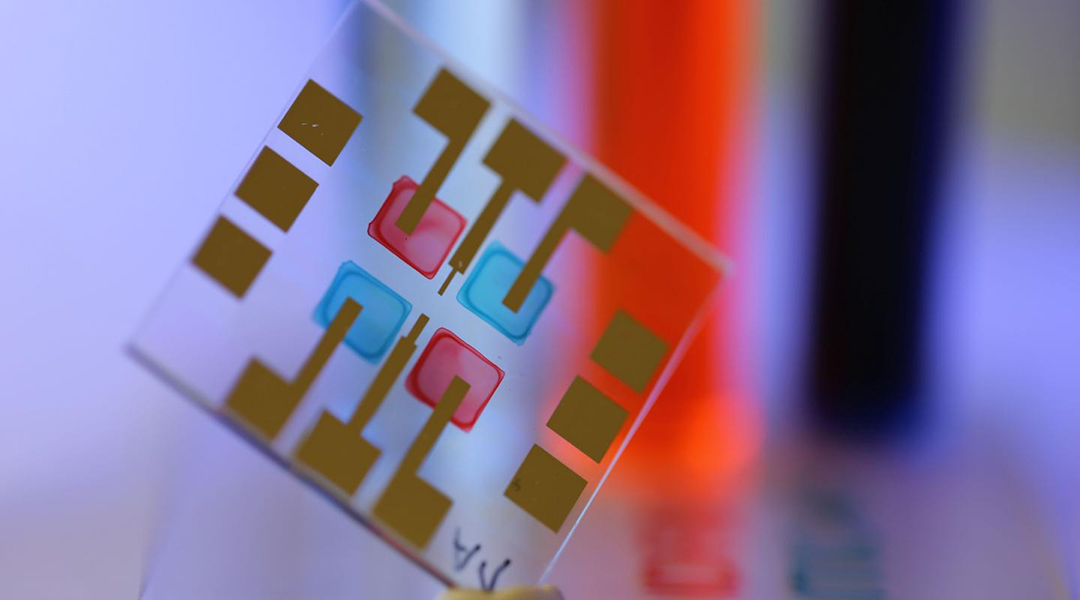

Color-selective organic light sensors are produced by inkjet printing with semiconducting inks.
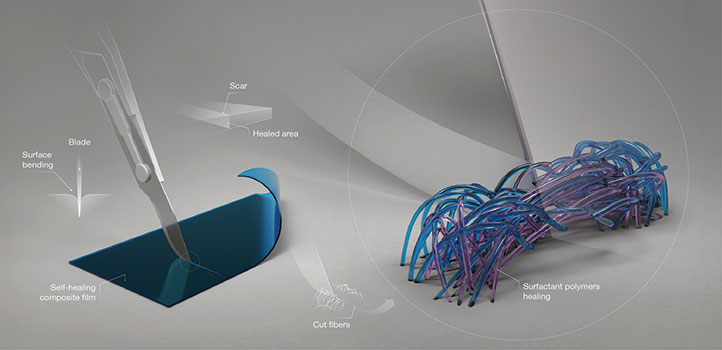
Sensors that are worn on the skin could soon be powered by our own body heat.
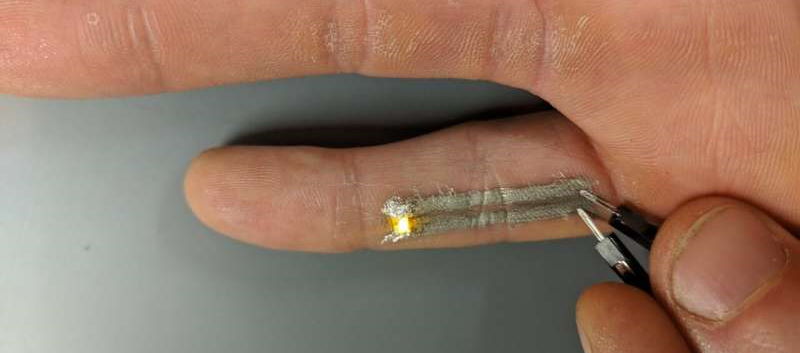
Scientists developed a fully print-in-place electronics technique that is gentle enough to work on surfaces as delicate as human skin.

Physically connecting various sensors into a single intelligent system could bring AI closer to the sensing capacity of living creatures.

A 0.2 mm thick sensor that can read fingerprints with incredible detail by detecting visible light reflected from the surface of the skin.

Body area networks based on near-field communication technology allow for inconspicuous medical sensing.
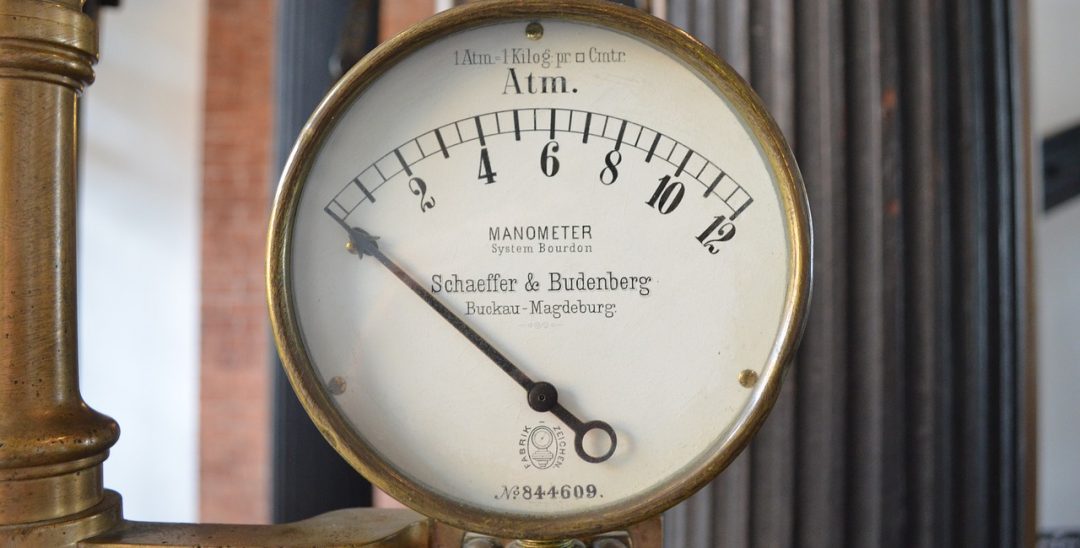
Reseachers from ICMAB present their aqueous electrolyte-gated organic transistors.

Reseachers from KAUST present their flexible and biofouling independent salinity sensors.
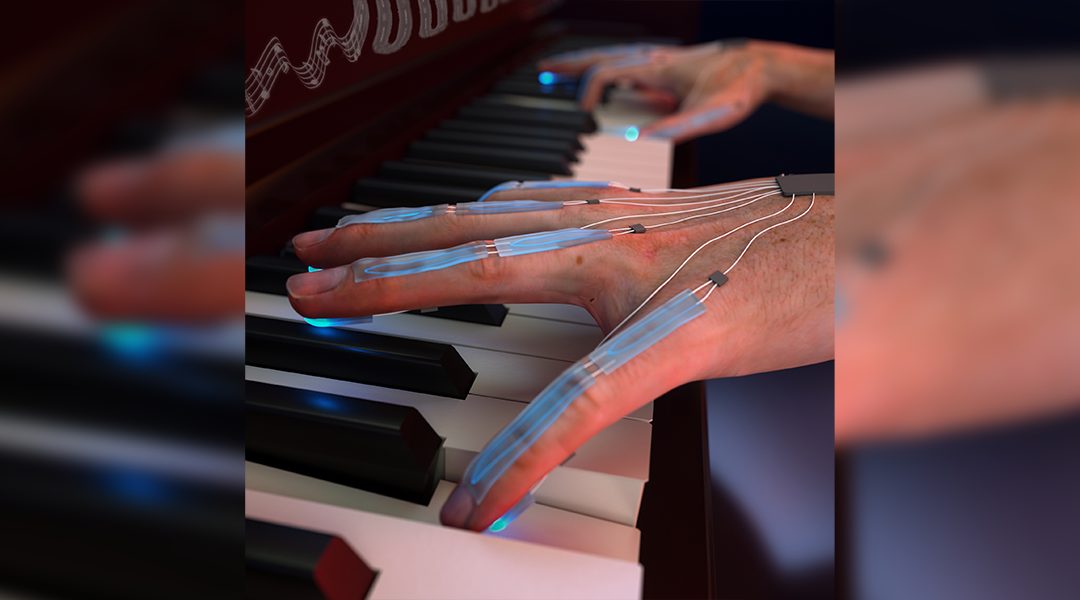
Sensors that are promising for motion capture, and the development of health monitoring devices, surgical instruments, and human–machine interaction devices.

The mechanical cycling of a number of microscale 3D polymer‐based architectures is investigated.